The content of the article
Kitchenware, made of stainless steel, rightfully occupies a leading position in the market of products for cooking: firstly, it is possible to cook a variety of dishes in it, without fear that the walls will fade, and the bottom will become cloudy, and secondly, this material will not even under high temperatures. But most importantly, for which the hostess and fell in love with this dish - for its resistance to oxidation in principle and, as a consequence, the corrosive processes due to the presence of chromium and its compounds.
Tip: since stainless steel is further subdivided into several classes depending on its intended purpose, it is necessary to acquire any dishes made of this material only after being fully acquainted with its data (for example, Class I is corrosion-resistant).
In this case, pots, pans and other kitchen utensils made of stainless steel are less susceptible to burning: in order for food to adhere to the bottom or walls of such dishes, leave it on high heat for a sufficiently long time. It’s quite simple to clean a burnt pot; the main thing is to know a few fundamental rules for handling such dishes and not to use poor quality chemicals.
Cleaning the inside of the pan
There are several ways to clean the inner burnt surface of the pot, and they differ in the means used: for example, light stuck dirt can be removed, for example, using ordinary baking soda, and strong ones using special acids, vinegar and other chemicals. When choosing a method, you should rely on:
- The time elapsed since the formation of freezing food at the bottom;
- The power of the attached layer;
- The characteristics of the cookware itself (for example, most models of stainless cookware are afraid of salts and chlorine-containing solutions).
Cleaning with baking soda
Baking soda should always be in the kitchen: with its help you can not only clear the pot of carbon, but also remove grease stains from any surfaces and even get rid of small cracks, replacing it with a “gruel” putty.
The cleaning process is quite simple: to begin with, it is necessary to wash the dishes as much as the burnt food allows, and then wipe dry the inner walls and the bottom (including soot). After that, it is necessary to sprinkle soda with plenty of dirt, and, importantly, evenly distribute it from all sides. Finally, in this state, the pan is left for 1.5-2 hours, after which it is cleaned with an ordinary sponge.
Tip: The amount of soda used must be established experimentally, since it depends on the amount of burnt food. However, in most cases about 100-125 milliliters are enough.
If the pan was left for a long time, and the volume of burnt food is large enough, you can make soda paste: for this, you should add 90-100 ml of water to the above amount of soda. The resulting mixture will literally bind the carbon, and it will be much easier to remove it after 2-3 hours.
Cleaning with warm water
If the soda is not at hand, you can use this method, which, however, will take a little more time. It is necessary to fill the saucepan with warm (35-37 degrees) water to a level slightly higher than carbon deposits, and leave in this state for 5-6 hours, tightly closing the lid and wrapping it in a plaid so that the water does not cool. After three hours the water can be changed.
Then you should just pour boiled water into the saucepan and add two or three tablespoons of salt (important, not cold, otherwise it will have a detrimental effect on the saucepan) and leave the dishes alone for an hour or two. After these operations, it will be much easier to remove carbon deposits, but it should be noted that in no case should you use hard abrasive brushes: although they scrape off burnt food perfectly, at the same time they leave microcracks that will be healed with salt or other soot in the future.
Purification with activated charcoal and whey
You can clear the burnt pot with solutions, the main component of which are the listed ingredients.The difference between them lies in the fact that activated charcoal must first be pounded into powder and added to cold water, while whey is recommended to be added to warm boiled water.
Important: the solution containing activated carbon is especially good, it fights with soot, formed as a result of drying on the walls of dairy products and porridges.
Also, the solution containing activated carbon must be drained from the pan in 15-30 minutes, while the suspension of whey and water in a day. In both cases, the soot should be covered with at least 2–3 cm.
Cleaning with vinegar and other chemicals
It is even easier to remove carbon deposits with vinegar: just pour a small amount of it on a soft cloth and gently rub it on the nagar. Vinegar, being a product of a weak acid of the same name, does an excellent job with strongly burnt food, while in no way harming the surfaces of the pan.
Tip: Instead of vinegar, you can use citric acid. To clean the carbon, it is enough to dilute the solution with one tablespoon of acid and 250 milliliters of water.
After using both vinegar and citric acid, it is necessary to, firstly, rinse the pot thoroughly several times with ordinary running water, then wipe it dry with a towel.
Cleaning the outside of the pan
There are fewer ways to clean the outer surface of the stainless pan, since it is quite problematic to soak the entire outer part completely, unless you have to occupy the whole sink.
In this case it is generally forbidden to use abrasive tools, since the result of such a procedure can be a huge amount of scratches, which cannot be removed afterwards, and the constant effect of fire at the bottom will gradually destroy the structure of the dish (even heat-resistant).
Cleaning with soda and glue
Using these two ingredients, you need to make a soft paste, which, firstly, will absorb a certain amount of soot at the first wipe, and secondly, will allow you to gently remove the burnt food afterwards. Usually, the following proportions of components are taken for preparation: 100-150 grams of soda and about 20 grams of glue are taken per liter of water.The mixture must be completely walked on the burn so that for half an hour the soot is completely under it.
Tip: to speed up the process, you can put the saucepan on medium heat.
Cleaning with chemicals
In many supermarkets in Russia, you can easily find non-aggressive, soft, care products for various surfaces, for example, Amway Oven Cleaner and the like. In most cases, the instructions for their use are universal:
- First, you should warm the pot well over medium heat.
- Then the composition of the product with a sprayer is applied to the burnt surface and left on it for 15-20 minutes.
- After nagar gently rubbed with a soft sponge. If the slightest pieces still remain on the surface of the dish, the procedure should be repeated, reheating the pan.
Finally, a cleaner for window glass can help to remove carbon deposits from both the external and internal surfaces. It is necessary only with the help of a dispenser to apply about 15-25 milliliters to the surface (about 2-3 injections) and clean the problem area with a soft cloth.
Important: it is necessary to use only those products that are based on weak acids.Even if they contain a very small amount of salts, they must be used in compliance with certain measures, that is, quickly apply the agent, clean the carbon and thoroughly rinse the dishes.
After applying any chemicals, wash the surface of the pot with warm water and dry with a soft cloth. Use of soap after various means is inexpedient.
General tips for the care of stainless steel dishes
There are several main rules for the care of stainless dishes, the observance of which will allow, firstly, to prolong their life, and secondly, to avoid any problems with the removal of burns on both surfaces.
In no case should not leave washing dishes "for later", as this is fraught with the appearance of soot. Moreover, many manufacturers urge to shift the dish into any container immediately after cooking, and rinse the stainless dishes themselves. It does not take a lot of time, plus, will help preserve the original appearance of the dishes.
It is also not recommended to use a dishwasher and to dry a stainless pan in the air, as this is fraught with the appearance of various stains.In order for it to serve as much as possible, immediately after washing and operating it is better to use an ordinary towel.
Video: how to clean the stainless steel pot from the burner

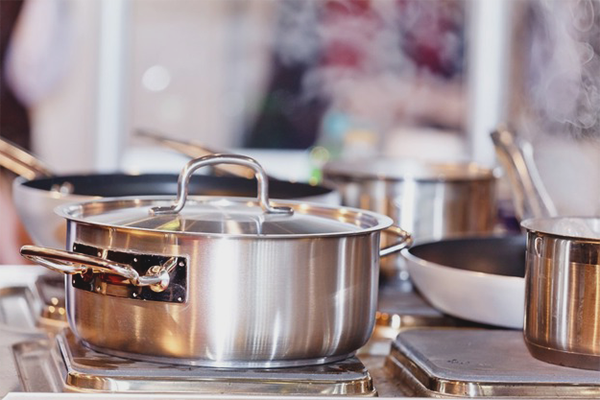
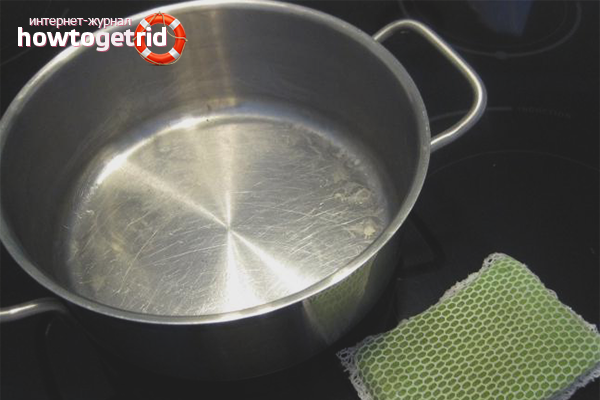

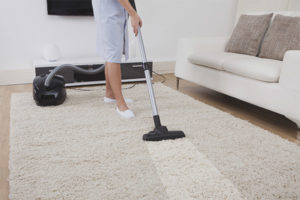

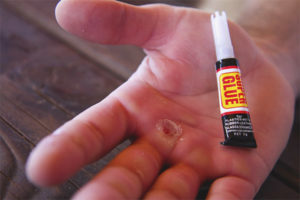
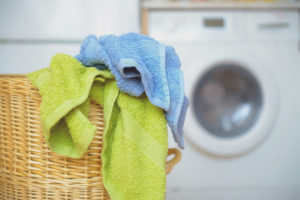
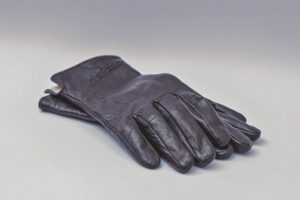


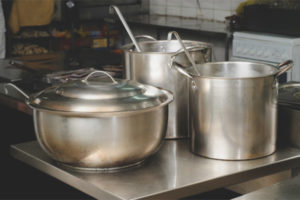
To send